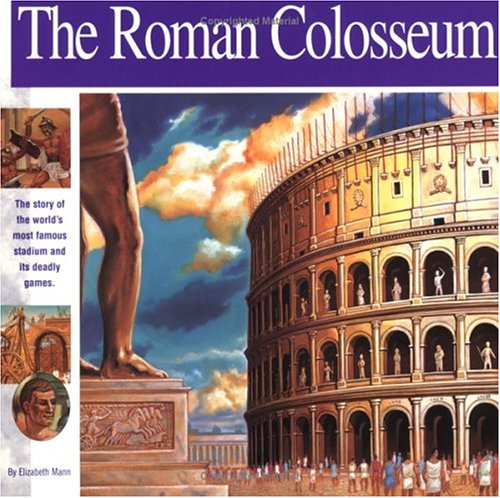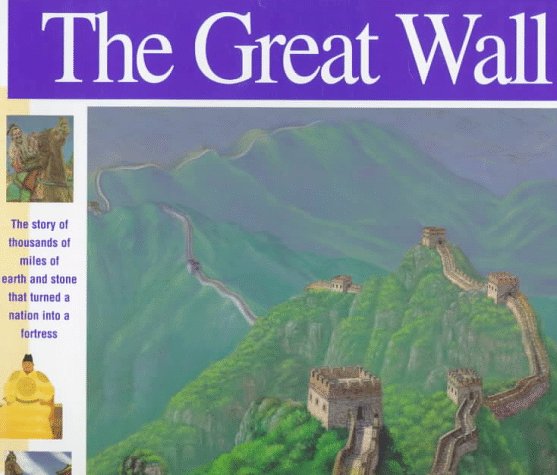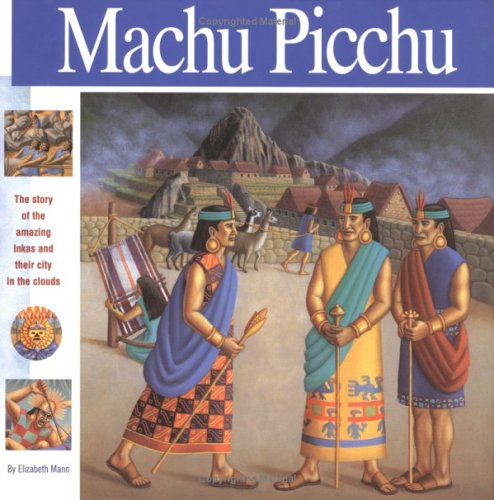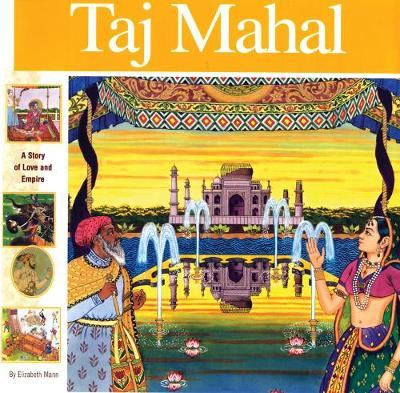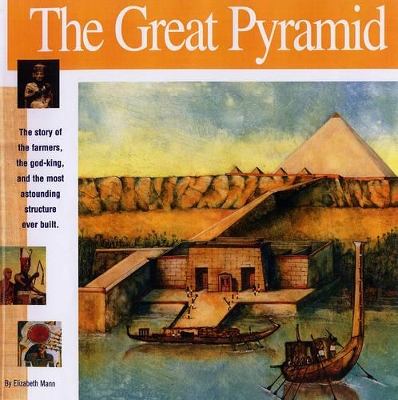A wonders of the world book
5 total works
The Roman Colosseum was the work of a brilliant and energetic civilization. The Roman Colosseum was the work of a cruel and brutal civilization.
Both are true.
The Roman Colosseum was one of the most extraordinary buildings in the ancient world, a work of engineering genius whose design is imitated every time a modern stadium is built. Yet, what went on inside this building is difficult to comprehend.
Over the centuries, tens of thousands of slaves, prisoners of war, and criminals were slaughtered in the Colosseum for the entertainment of over 50,000 cheering fans. So many animals were destroyed in gruesome "hunts" staged in the arena that entire species disappeared from the Roman colonies of North Africa.
The Roman Colosseum interweaves the impressive story of the construction of this remarkable building and the sobering tale of the "games" that went on inside it. In doing so, it reveals an entire civilization in all its genius and its brutality.
Wonders of the World series
The winner of numerous awards, this series is renowned for Elizabeth Mann's ability to convey adventure and excitement while revealing technical information in engaging and easily understood language. The illustrations are lavishly realistic and accurate in detail but do not ignore the human element. Outstanding in the genre, these books are sure to bring even the most indifferent young reader into the worlds of history, geography, and architecture.
"One of the ten best non-fiction series for young readers."
- Booklist
Imagine a wall 30 feet high, a wall thousands of miles long, a wall that crossed deserts and climbed over impossibly jagged peaks, a wall that contained thousands of individual forts and towers, a wall that was guarded by over a million soldiers, a wall that took 200 years to build.
Now imagine the enemy that this wall was built to defend against.
The Mongols were nomadic warriors of legendary skill and savagery. Their empire encompassed most of the known world, from southern Asia to northern Europe, from the Middle East to the Sea of Japan. Now the fierce and unstoppable horsemen were bearing down on China. For the Chinese, there seemed only one solution: to turn their country into a vast fortress.
The Great Wall chronicles a people's struggle for absolute security in a violent and dangerous world. It is a story of astonishing success and ultimate failure, of ingenuity, determination, the will to survive and, in the end, futility.
Wonders of the World series
The winner of numerous awards, this series is renowned for Elizabeth Mann's ability to convey adventure and excitement while revealing technical information in engaging and easily understood language. The illustrations are lavishly realistic and accurate in detail but do not ignore the human element. Outstanding in the genre, these books are sure to bring even the most indifferent young reader into the worlds of history, geography, and architecture.
"One of the ten best non-fiction series for young readers."
- Booklist
Shah Jahan, ruler of India, murdered three of his brothers in his bloody rise to power. Yet when his beloved wife, Mumtaz Mahal, suddenly died, the grief-stricken emperor built the world's most beautiful tomb as a monument to her memory.
Shah Jahan was the fifth emperor of the Mughal dynasty. The Mughals combined the brute force and fierce ambition of their legendary ancestor Genghis Khan with a delicate artistic sensitivity. Theirs was a world where even forts were architectural gems, where emperors had their life stories told in exquisite miniature paintings, and where each new ruler competed with the previous one by building a grander palace, fort, mosque and city.
The Taj Mahal tells the story of this remarkable dynasty through its greatest artistic achievement. From the soaring domes, to the marble columns inlaid with precious gems, to the vast gardens, to the perfect symmetry of its design, the Taj Mahal expressed the power, grandeur, glory and beauty of the Mughal world.
